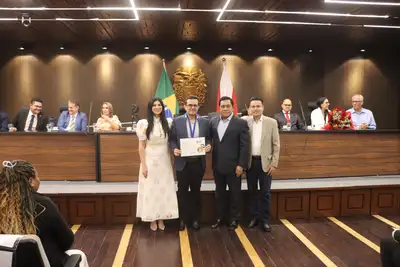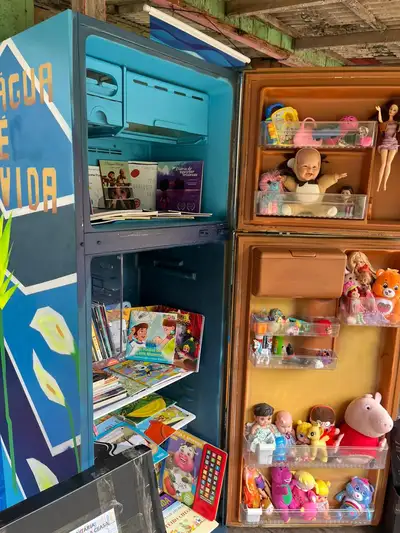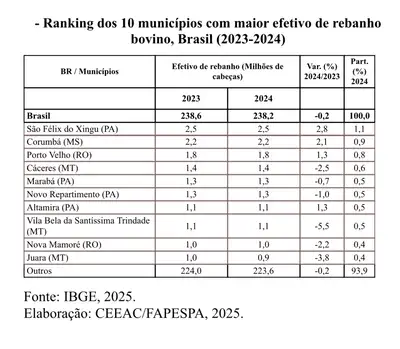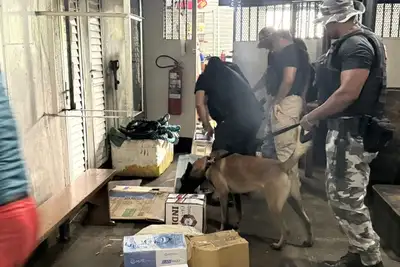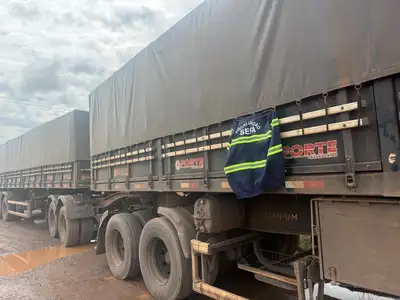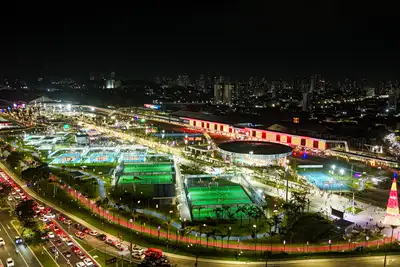State presents 'Pará Sem Fogo' Plan at panel on investments in the Amazon
Launched in June of this year by state decree, the initiative is a structural response to heat spots in the Pará territory
During the Amazon Climate Week, held in Belém, the State Secretariat for the Environment, Climate and Sustainability (Semas) highlighted the advances of the state policy in combating forest fires in Pará. The presentation was made at the panel "Impact of fire on the investment scenario in the Amazon" on Thursday (17), as part of the self-managed activity program "Climate, Territory and Governance: pre-competitive conditions for the Amazon."
The Deputy Secretary of Water and Climate Management at Semas, Renata Nobre, was on the panel alongside Ane Alencar, Director of Sciences at the Amazon Environmental Research Institute (Ipam), and Andreia Azevedo, Vice President of Emergent in Brazil.

Structural response - Renata Nobre presented the "Pará Sem Fogo" Program, launched in June 2025 via state decree. The initiative was conceived as a structural response to heat spots. "The environmental policy of Pará is being restructured to respond to climate challenges with integrated actions for prevention, monitoring, and fire fighting, protecting communities, and also sustainable investments," stated the deputy secretary.
The Plan is the result of a collaboration between Semas and the Military Fire Brigade, based on four pillars: real-time monitoring, science-based prevention, coordinated rapid response, and training of local brigades.
The State has already mapped 22 zones at medium to high risk of fires and has a monitoring center that simultaneously observes mechanical deforestation and critical points for the occurrence of burns, using satellite technology and climate data.

Integration - Renata Nobre also emphasized that Pará's actions are integrated into the state REDD+ (Reducing Emissions from Deforestation and Forest Degradation) policy, which helps strengthen public policies and ensures economic sustainability for conservation actions.
She also highlighted the regional institutional role in combating fire by investing in continuous training of technicians and strengthening local structures; integrated action of Semas sectors, using territorial and environmental planning; direct support to local communities, promoting natural resource management and adaptation strategies to extreme events, such as prolonged droughts, and strengthening community brigades in critical areas.



